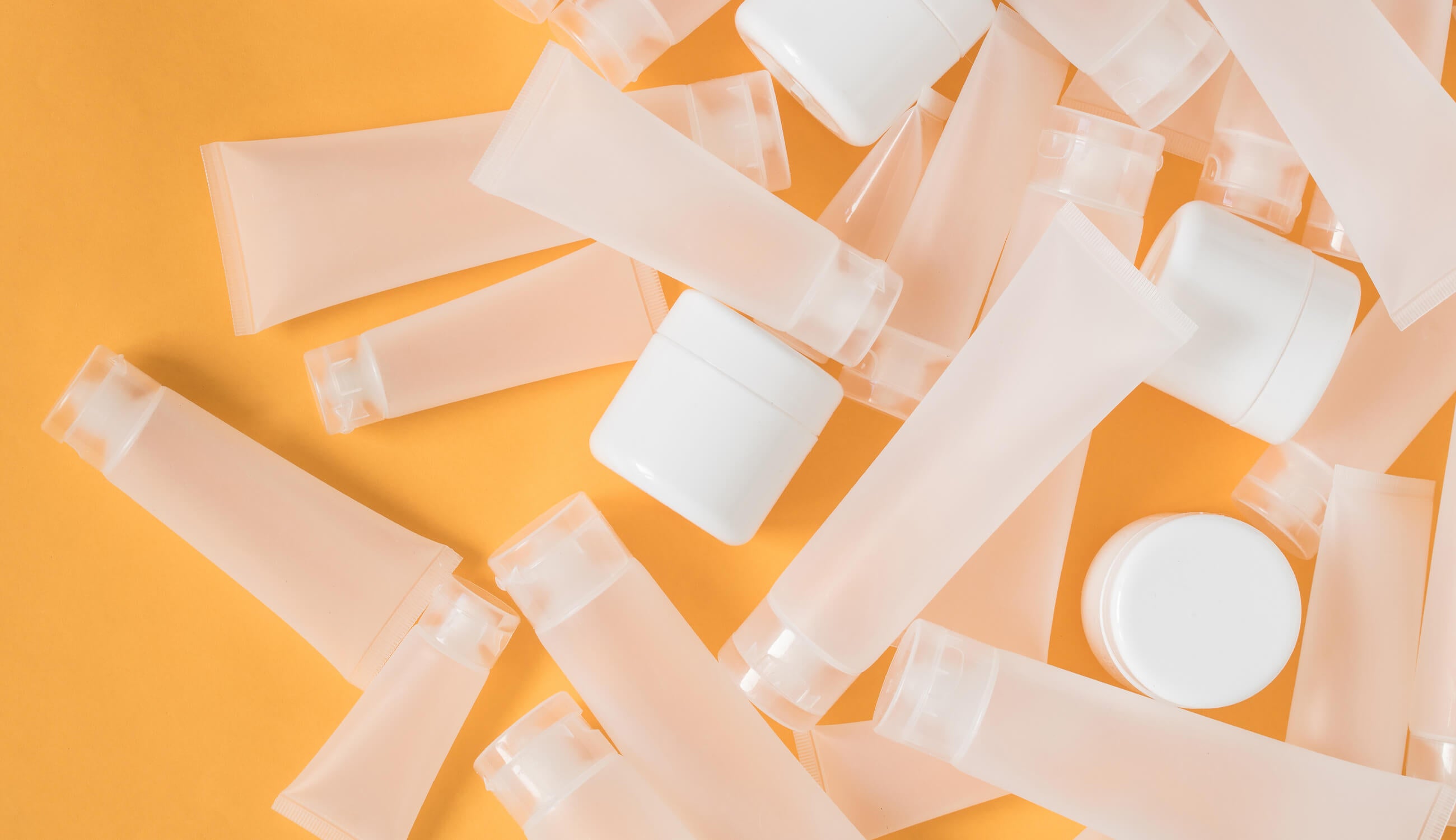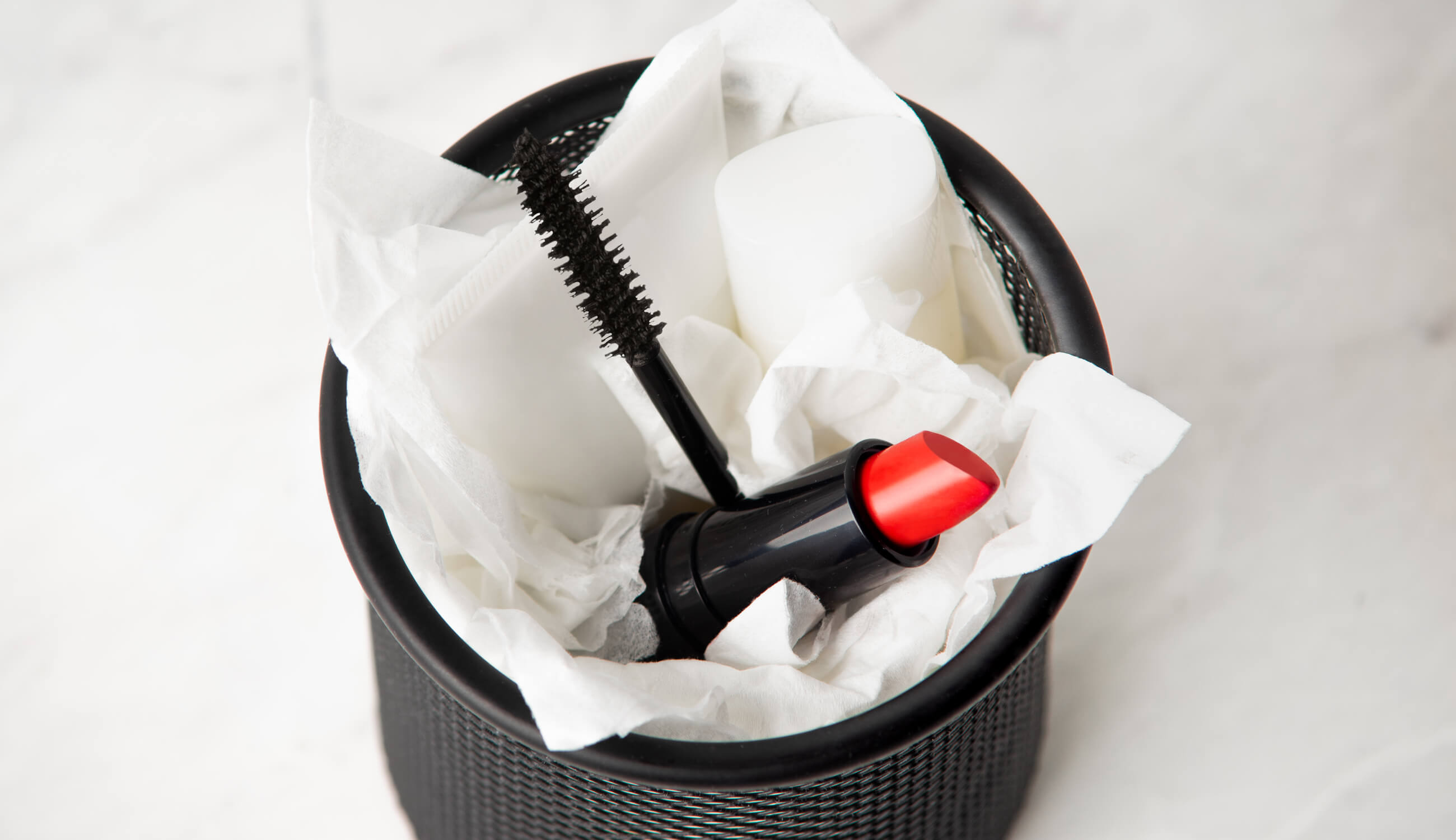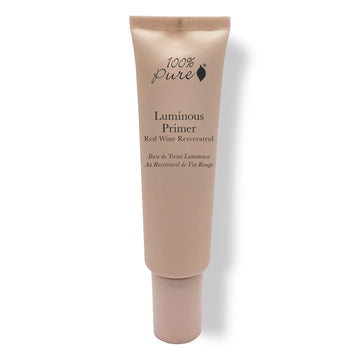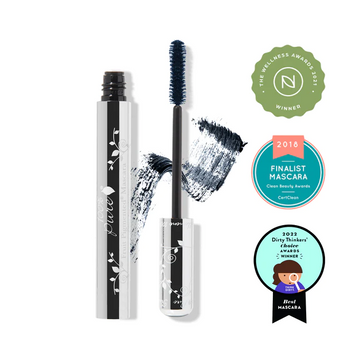Diving into the definition of clean beauty, and how to switch from conventional to clean alternatives
Written by: 100% PURE ®
So, you’d like to clean up your beauty act by nixing conventional products in favor of a clean beauty routine. That’s fantastic – but what next? Facing a mountain of info and the slippery slopes of misleading ingredients, it can be an overwhelming transition into the clean beauty space. That is, unless you’ve got some help!
In our Clean Beauty 101 guide, we’re tackling ambiguous labels, which toxic ingredients to avoid, and how to transition to clean beauty. And for the knockout round, mainstream products may stand little chance against the fabulous, natural swaps we have in ring for you. Let’s get ready to rumble!
Whether blondes do have more fun or fluffy brows make you look younger, it’s all open to interpretation – much like clean beauty. Why exactly is this term receiving a lot of buzz in the cosmetics and skin care realms, and how can it be defined?
“Clean Beauty” relates to products mindfully made, that don’t contain toxic ingredients linked to harmful health effects. Since there’s no established, industry-wide legal or official definition, beauty brands can define clean beauty however their heart desires. But a clean beauty product needs to satisfy two key criteria:
1. Non-toxic ingredients
Clean beauty products are made with ingredients with the health of our bodies and the environment in mind – and without any proven or suspected toxic ingredients. Most clean beauty products also avoid the use of sulfates, silicones, triclosan, PEGs, and other toxic ingredients while still delivering results. If you see any of these ingredients listed, consider finding a cleaner alternative.
2. Transparent labels
No liars, liars, labels on fire here! When a beauty brand spells out all their ingredients on product labels, they definitely deserve two thumbs up. It’s the other dirty dozen who hide ingredients under umbrella terms like “fragrance” meaning they harbor other mystery ingredients.

Now that we’ve got mainstream products right where we want them, it’s time to make some decisions on how we want to proceed to achieve clean beauty victory! And with that comes some do’s and don’ts during this beauty game-changing moment.
DO ditch FD&C dyes. You may have seen these listed as a bunch of numbers and colors – like Red No. 40 – and questioned why it took so many colors of the rainbow to make red. If so, don’t pass go and hope to collect a pot of gold at the end. Cosmetic companies use artificial FD&C dyes such as FD&C Blue No. 1, Red. No. 40, and Yellow No. 5 to give their products color. Color me bad!
While the FDA recognizes these colors as safe enough to use in food and body items, that doesn’t mean consuming artificial colors and flavors makes them healthy! In other words, don’t taste that rainbow! If you’re looking for a safe and flavor-able option, our lip collection from lipsticks to glosses are colored from fruit pigments and natural minerals.
DO read labels. In fact, be an ingredient detective. Conventional products are labeled with a jumble of unpronounceable words. There’s also a lot of green-washing out there where companies falsely label their products as “all-natural” when the ingredients’ lists say otherwise. Tsk, tsk!
Your best offense is a good defense, and it starts with learning how to read labels for questionable ingredients and familiarizing yourself with top-offending culprits. Members of this dirty dozen include silicones, parabens, drying alcohols, sodium lauryl sulfate (SLS), chemical sunscreens, fragrances, and dyes.
DON’T use silicones. A little beach sand on your face is fine, but sand in your foundation – surf’s down! Silicones are substances derived from silica, a natural ingredient found in sand and some rocks. Common silicones in skin care include cyclopentasiloxane, cyclohexasiloxane, dimethicone, and phenyl trimethicone.
While silicones are frequently used in makeup for their silky, pore-smoothing texture, they can cause adverse reactions to your skin like pore-clogging and inflammation. Opt for a natural alternative such as silicone-free foundations and primers. Whether you want a dewy or matte look, we have the perfect silicone-free primers that pair well with our natural and organic full-coverage foundations.
DO question if it’s indeed sulfate-free. You’ve probably heard the term sulfate-free, but do all products really harbor sulfates? Get into ingredient detective mode and look for ingredients such as SLS or sodium lauryl sulfate. Sulfates saps skin (and hair) of natural oils and disrupt barrier function. Beware of these sneaky cleansing agents!
DO avoid alcohol. Before you gasp, we’re referring to alcohol denat. It strips skin and messes with surface pH, which can lead to inflammation and other complexion woes. Some alcohols such as cetyl alcohol or stearyl alcohol are clean alternatives, mainly sourced from coconut oil to help properly blend and balance all the ingredients in a formula. Just be sure to search for the “vegan” call-out on packages with these ingredients, to ensure they are sourced from plant-based, not animal fats.

DO throw out products with toxic preservatives or parabens. Yes, it may sting a little having to break-up with your fave mainstream mascara since college. To help pry it from your death grip, many of these so-called ‘best mascaras’ sold today use ingredients that can be harmful to your lashes and eyes.
Look out for ingredients with ethyl-, methyl-, butyl-, and propyl-, and stay away! To help keep your pretty peepers safe, we’ve created the best ultra-lengthening natural mascara that will have you batting an eyelash at your old mascara.
DON’T throw all your products out. Tossing out all your conventional beauty items at once can be overwhelming – especially in the research-and-search transition into clean beauty products. Strike a balance! Do some makeup and skin care swaps of the most important items (cleaners, moisturizers, and foundations) for natural alternatives. If you have sensitive skin, an abrupt change might spell trouble, so it’s ok to slowly phase out old favorites while you find suitable alternatives.
DON’T let fancy branding fool you. Chances are you own at least one beauty product with curious little symbols or ambiguous terms on the packaging. Whether it’s a Leaping Bunny logo or the “V” vegan symbol, that doesn’t necessarily mean clean. Don’t let cute symbols or branding mislead you. Read the labels and analyze the quality of ingredients before banking on vegan or cruelty-free claims to spell “clean”.
DO some DIY clean beauty. Who says you can’t shop in your own kitchen to whip up a lean-green-clean mask? We’ve tried plenty of DIY treatments from everything green tea to making your own lip tint. Yes, we are trying to move in on that lip balm you’re trying to hang on to. These quick and fun tutorials can help jumpstart your transition into clean beauty!
DO be patient. When transitioning from conventional products to clean beauty options, you and your skin may have a little adjustment phase. See how your skin looks and feels when removing toxic products and swapping in cleaner options. Clean beauty products will do wonders for your skin and your health but as with anything, give them time to adjust to your skin. Clean beauty wasn’t built in a day!
We know that doing an overhaul of your conventional cosmetics and going clean may take some time. Alas, the journey you’ll be embarking on to a cleaner complexion and healthier you are well worth it! The more you learn about product branding and what ingredients to use – or avoid – the healthier you’ll feel and your complexion will show it!
- Tags: Bath Body Hair, Clean Living, February-2020, Guides, Makeup, Skin Care, skincare
We carefully hand-select products based on strict purity standards, and only recommend products we feel meet this criteria. 100% PURE™ may earn a small commission for products purchased through affiliate links.
The information in this article is for educational use, and not intended to substitute professional medical advice, diagnosis, or treatment and should not be used as such.














